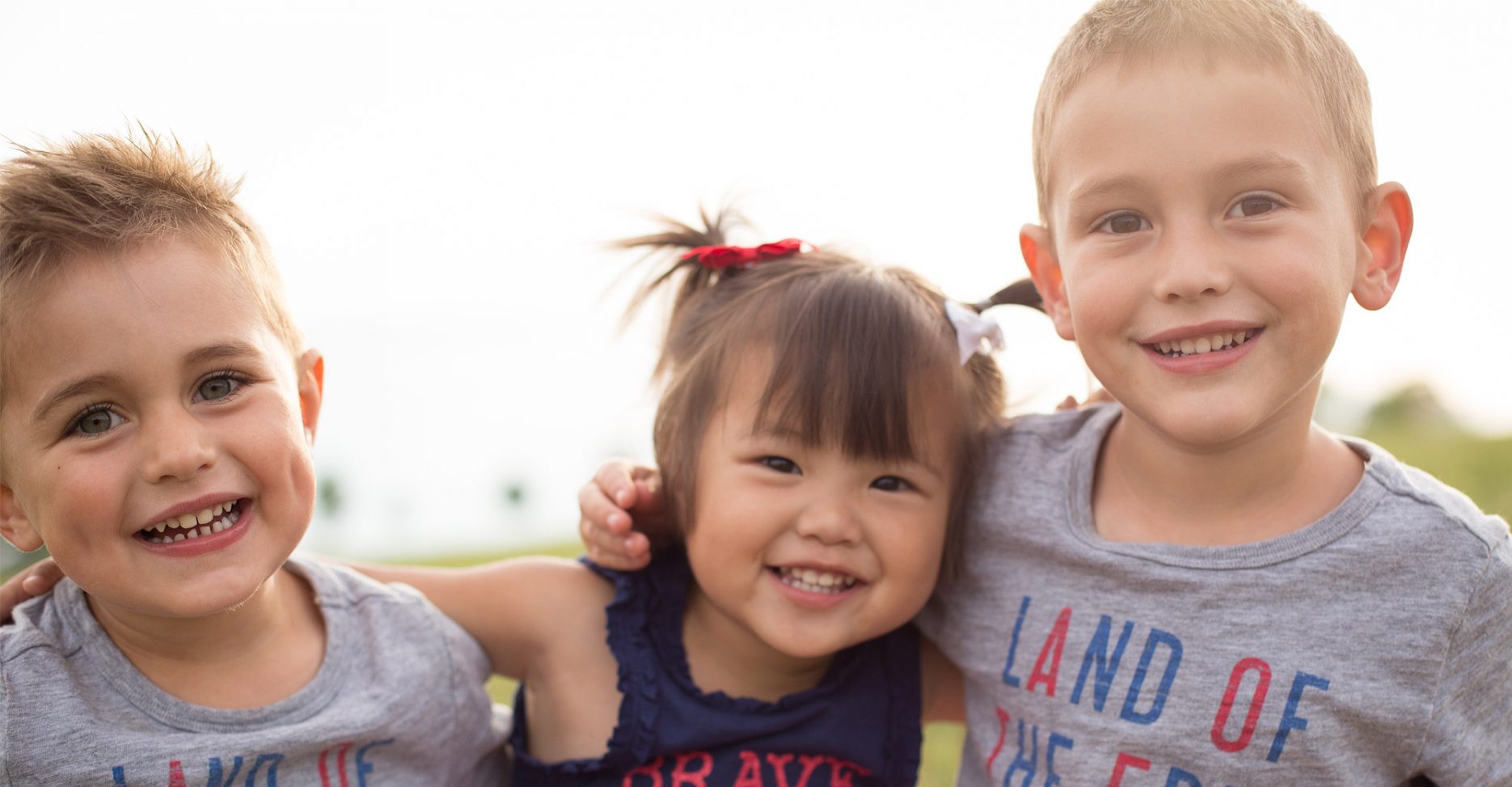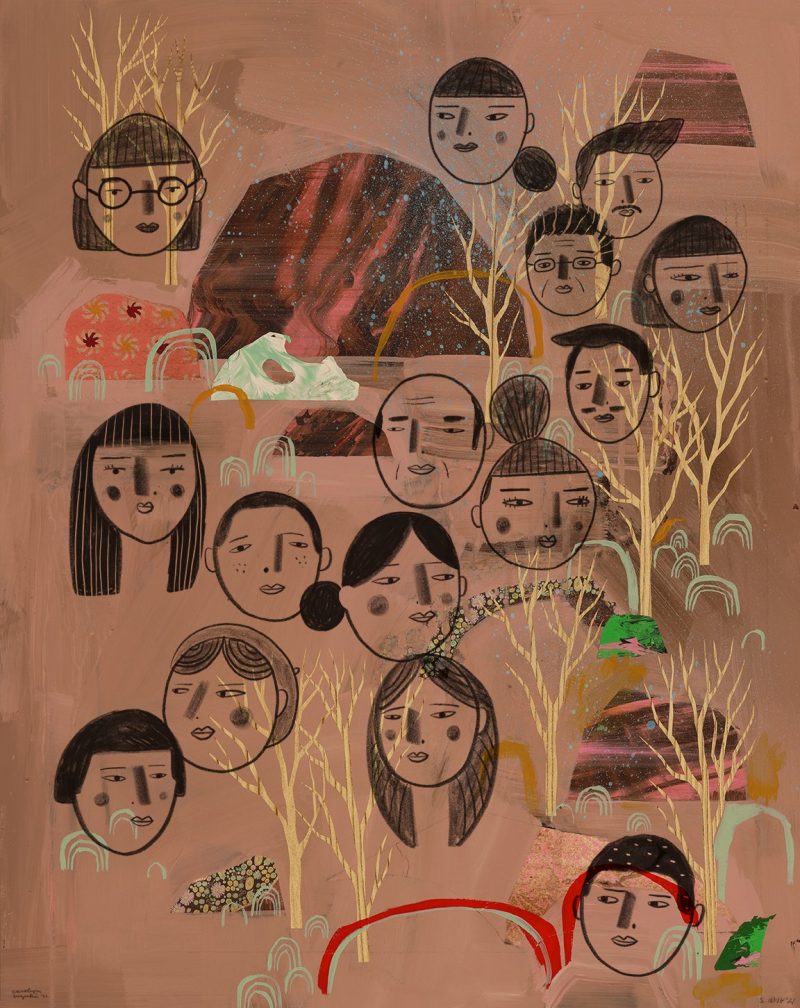Parental Management of Adoptive Identities During Challenging Encounters: Adoptive Parents and ‘Protectors’ and ‘Educators’ by Elizabeth A. Suter, Kristine L. Reyes, and Robert L. Ballard.
Children adopted into transracial families often face imposing questions that stem from communicational and social barriers developed through the normative ideals of the familial structure. “Family is a social construct – and at the core of the construct of the family lies family identity” (Suter, et al., 2011; Gubrium & Holstein, 1990; Oswald, et al., 2005). Suter, Reyes, and Ballard (2011) conducted a focus group study of 69 families who adopted kids from China and/or Vietnam. In this study, parents expressed what it’s like raising a transracial/international family. Where they explained how they react to and teach their children how to respond to those who make judgements and ask unsolicited questions about their family dynamics.
The objective of this study was to “identify and understand the cognitive structures that parent rely on to sense-make and manage identities during challenging encounters” (Suter, et al., 2011). They ultimately found that adoptive parents either tend to lean towards an educational or protective route when having conversations with their children and others.
I found this article focused more on family identity rather than individual identity. Which, although I am focusing on individuals for my project, realize that familial identity can also play an enormous part in one’s own self-identity. I enjoyed learning more about the parents of adopted children and their perspective on what they think is the best way to preserve their child’s identity and their family’s identity. I’m also interested in learning more about how the ideas of the family structure have changed in recent years and how or if that has changed people’s perspectives on the “normal” family. This article was also very helpful since it referenced many related studies that I’ll look to for further research.
Unfortunately for this week, I didn’t make as much progress in my project as I’d like to. I finally started thinking about how I want my project would look like in a creative sense, thanks to the project treatment. I also started reading more on the model minority myth, which will be a guiding concept throughout my research and project.
Gubrium, J. F., & Holstein, J. A. (1990). What is family? Mountain View, CA: Mayfield.
Oswald, R. F., Blume, L. B., & Marks, S. R. (2005). Decentering heteronormativity: A model for
family studies. In V. L. Bengtson, A. C. Acock, K. R. Allen, P. Dilworth-Anderson, & D. M. Klein (Eds.), Sourcebook of family theory and research (pp. 143–154). Thousand Oaks, CA: Sage.
Suter, E. A., Reyes, K. L., & Ballard, R. L. (2011). Parental management of adoptive identities during challenging encounters: Adoptive parents as “protectors” and “educators.” Journal of Social and Personal Relationships, 28(2), 242–261. https://doi.org/10.1177/0265407510384419
Photo: Obtained from Google Photos https://pandaily.com/asian-but-not-really-an-adoption-story-in-china/




